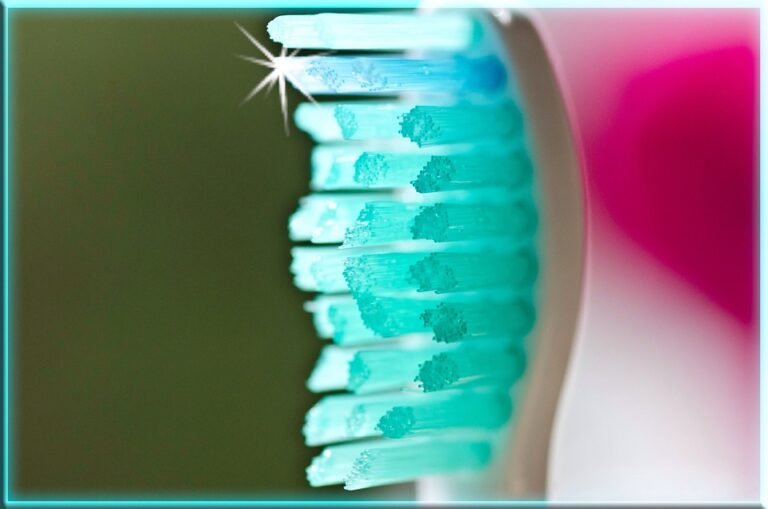How does the photographer contribute to the accuracy of smile analysis
Okay, so I’m researching smile analysis for my project, and I’m focusing on how different tools and techniques are used to understand and interpret smiles. We’re talking about things like facial action coding systems, electromyography, and even AI-powered smile detectors. But it struck me that a huge part of the entire process, and potentially a source of significant error, is how the photographer captures the smile in the first place.
Specifically, I’m wondering:
- How much does the angle of the shot affect the analysis? Does shooting from above, below, or straight-on change which facial muscles are visible and how they’re interpreted? Are there standardized angles that should be used?
- What about lighting? Can poor lighting obscure wrinkles, muscle movements, or other subtle indicators used in smile analysis, leading to inaccurate conclusions? Is there ideal lighting for capturing a smile for analysis purposes?
- And does the photographer’s interaction with the subject – the direction they give, how they encourage the smile – introduce bias or affect the genuineness of the smile being captured? If we’re trying to distinguish between a genuine Duchenne smile and a posed smile, how can the photographer avoid influencing that?
- Finally, what role does image quality (resolution, sharpness) play? Can a blurry or pixelated image hinder the ability to accurately assess fine details of the smile?
Basically, how can the photographer ensure they’re capturing the most objective and accurate representation of a smile possible, minimizing distortion and maximizing the value of the resulting image for analytical purposes? I’m looking for information on best practices and specific techniques photographers can use.
Answer
The photographer plays a crucial role in the accuracy of smile analysis, acting as the primary data collector and significantly influencing the quality and reliability of the information available for assessment. The photographer’s contribution spans several key areas:
1. Image Acquisition and Standardization:
- Pose and Orientation: The photographer must ensure consistency in the subject’s pose and head orientation. Standardized protocols often dictate that the subject should face the camera directly, with the Frankfort horizontal plane (a line from the bottom of the eye socket to the top of the ear canal) parallel to the ground. Slight variations in head tilt or rotation can distort the perceived symmetry and proportions of the smile, leading to inaccurate interpretations. Maintaining consistent head position across multiple images (e.g., before and after treatment) is particularly crucial for comparative analysis.
- Expression Elicitation: The photographer is responsible for eliciting a consistent and reproducible smile from the subject. This is not simply about asking someone to "smile." Standardized methods involve guiding the subject to express various types of smiles, such as a posed smile, a social smile, and a Duchenne smile (a genuine smile involving contraction of the orbicularis oculi muscle around the eyes). The photographer may use prompts or engage in conversation to evoke the desired emotional response and capture the smile’s dynamic features. Failure to elicit a natural or representative smile can lead to misinterpretations of the individual’s habitual facial expressions.
- Image Quality: Sharp, well-lit, and correctly exposed images are essential for accurate smile analysis. Blurry or poorly lit photos obscure details like lip texture, tooth contours, and the subtle movements of facial muscles. The photographer must pay meticulous attention to focusing, aperture settings, and lighting techniques to capture every nuance of the smile.
2. Technical Aspects of Photography:
- Lighting: Consistent and appropriate lighting is critical. Diffuse, even lighting is generally preferred to minimize shadows and highlight the smile’s form and surface details. Improper lighting can create artificial shadows, distort colors, and obscure important anatomical landmarks. The photographer needs to understand how different lighting angles and intensities affect the appearance of the smile.
- Camera Settings and Equipment: The choice of camera, lens, and settings significantly impacts image quality. High-resolution cameras with macro lenses are often used to capture fine details of the teeth and surrounding tissues. Consistent camera settings (e.g., ISO, aperture, shutter speed) are important for ensuring comparability between images. Color calibration of the camera is crucial for accurate representation of tooth shade and tissue color.
- Background and Composition: A neutral and uncluttered background helps to isolate the smile and minimize distractions. Proper framing and composition ensure that the smile is the focal point of the image and that all relevant facial features are visible.
3. Documentation and Standardization of Procedures:
- Protocols and Consistency: The photographer should adhere to standardized photographic protocols for smile documentation. These protocols typically outline specific camera settings, lighting arrangements, subject positioning, and smile elicitation techniques. Consistent adherence to these protocols ensures that images are comparable across different subjects and over time.
- Record Keeping: Accurate record-keeping is essential. The photographer should document details such as the date, time, subject ID, camera settings, and any specific instructions given to the subject. This information helps to contextualize the images and ensures that they can be reliably interpreted by others.
4. Minimizing Bias and Artifacts:
- Objectivity: The photographer should strive to capture images objectively, avoiding any deliberate manipulation or alteration of the subject’s appearance. This means refraining from using excessive retouching or filters that could distort the natural features of the smile.
- Artifact Control: The photographer should be aware of potential sources of artifacts, such as reflections, shadows, and distortions caused by improper lighting or camera angle. Steps should be taken to minimize these artifacts to ensure that the images accurately represent the subject’s smile.
In essence, the photographer acts as the crucial intermediary between the subject’s smile and the analyst who will interpret it. By adhering to standardized protocols, mastering technical aspects of photography, and minimizing bias, the photographer ensures that the images used for smile analysis are accurate, reliable, and representative of the individual’s unique facial expressions. Poor photographic technique can introduce significant errors and inconsistencies, ultimately undermining the validity of the smile analysis.

